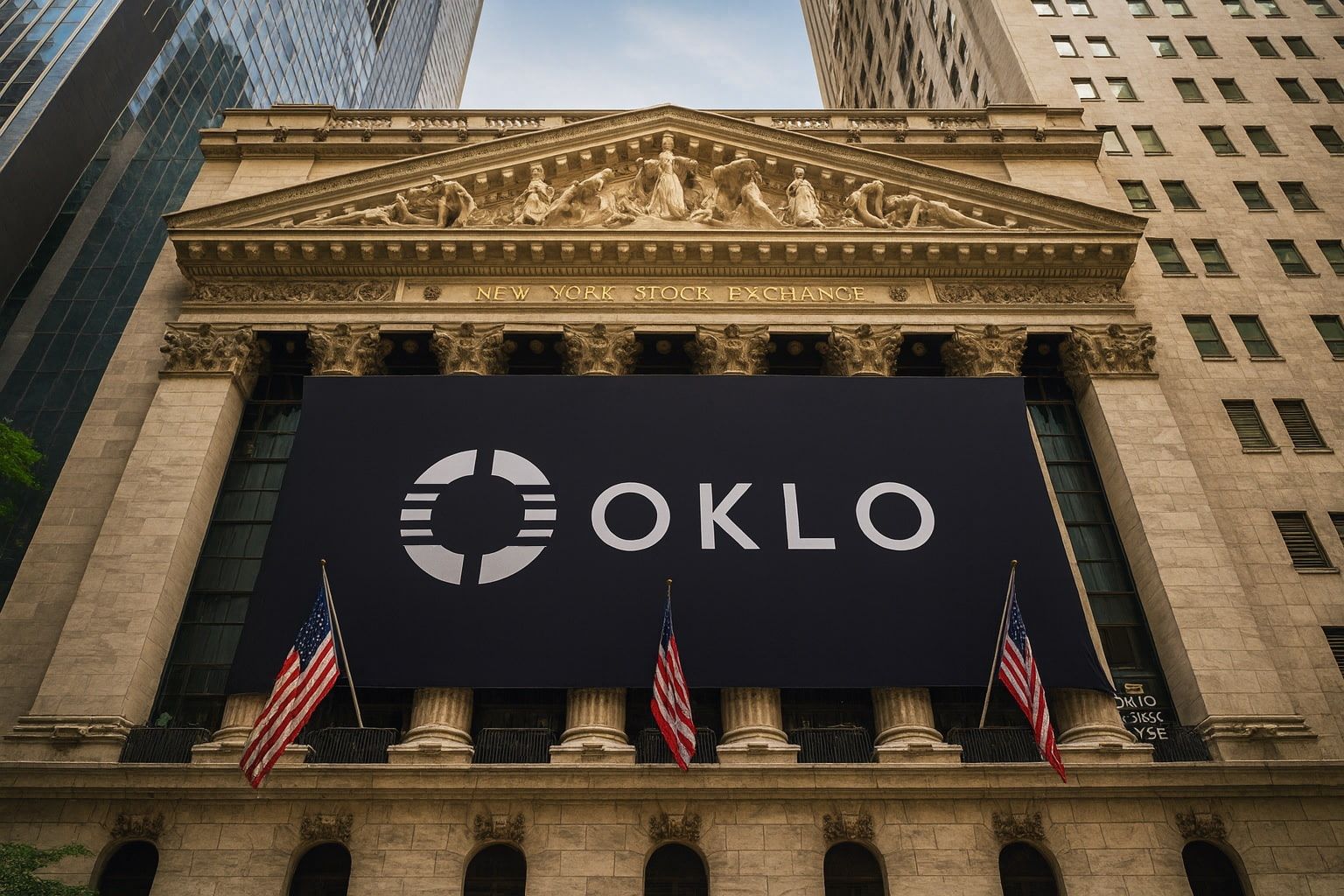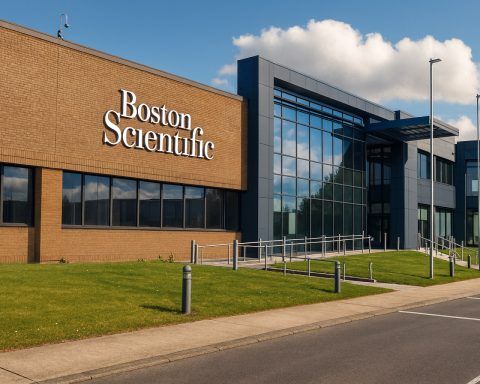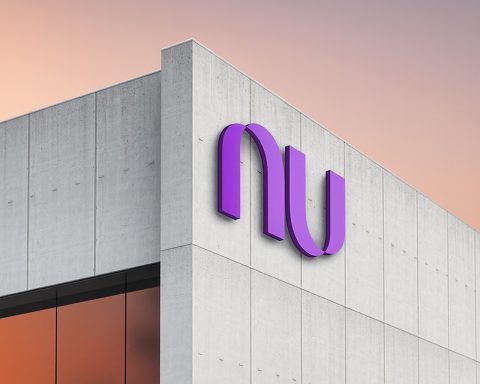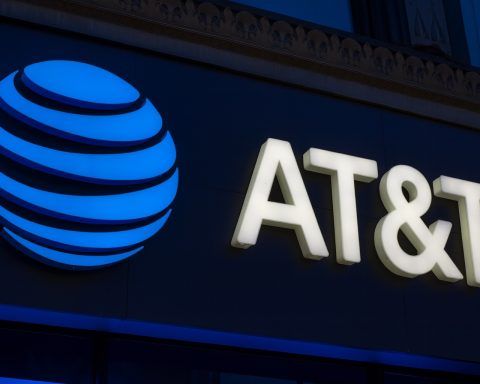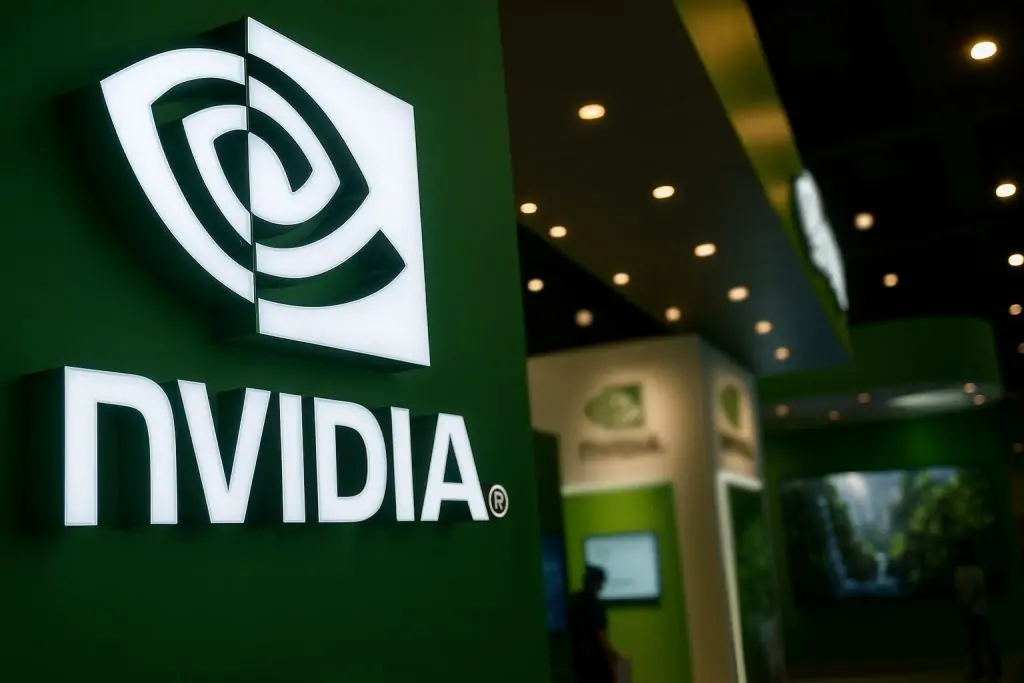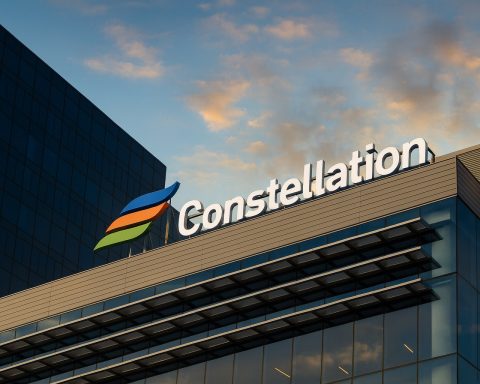Advanced nuclear developer Oklo Inc. (NYSE: OKLO) is back in the spotlight after announcing a binding contract with Siemens Energy to design and deliver the power conversion system for its first commercial Aurora powerhouse at Idaho National Laboratory (INL). The news sent OKLO stock up around 6–7% in pre‑market trading, pushing the company’s valuation to roughly $15 billion with shares trading in the high‑$90s. [1]
Inside Today’s Oklo–Siemens Energy Deal
Oklo’s Wednesday announcement confirms that Siemens Energy will provide the full power conversion system (PCS) for the Aurora powerhouse, including: [2]
- A condensing SST‑600 steam turbine
- An SGen‑100A industrial generator
- Associated auxiliary systems and layout engineering
The contract is binding and crucially authorizes Siemens Energy to begin detailed engineering work, procure long‑lead components, and initiate manufacturing of the PCS hardware. That moves Aurora from “paper and permits” to actual industrial equipment orders — a key de‑risking step for any first‑of‑a‑kind nuclear project. [3]
Oklo emphasizes that partnering with Siemens allows it to lean on proven turbine and generator technology rather than developing everything from scratch, a design philosophy the company says should shorten timelines and lower costs for its advanced fission plants. Siemens, for its part, is framing the project as a way to expand its role in supplying high‑efficiency steam turbines to the next generation of clean energy projects, including small modular and advanced reactors. [4]
Why This Power Conversion System Matters for Aurora-INL
The Aurora powerhouse at INL is Oklo’s first commercial‑scale advanced fission project and one of the highest‑profile U.S. efforts to build small, factory‑produced nuclear units aimed at data centers and other large power users. Aurora-INL will use recycled nuclear fuel, and sits within a broader U.S. Department of Energy (DOE) push to demonstrate new fuel cycles and reactor types under its Reactor Pilot and Fuel Line Pilot programs. [5]
For Aurora specifically, three long‑lead items dominate the schedule:
- Fuel supply
- The INL site and DOE authorizations
- The power conversion system
Oklo already has fuel material allocated from historic Experimental Breeder Reactor-II (EBR-II) stock at INL and holds a DOE site‑use permit. [6] Today’s PCS contract completes that “critical path” triangle by locking in the turbine‑generator package and moving it into the manufacturing queue.
The company stresses that this helps de‑risk supply chain and schedule risk, particularly given tight global capacity for high‑efficiency industrial turbines and the long fabrication timelines for such equipment. [7]
Building on DOE Fuel-Fabrication Progress Earlier This Month
Today’s deal doesn’t come out of nowhere. It lands just over a week after Oklo announced that the DOE Idaho Operations Office approved the Nuclear Safety Design Agreement (NSDA) for its Aurora Fuel Fabrication Facility (A3F) at INL, the first project approved under the DOE’s Advanced Nuclear Fuel Line Pilot Projects. [8]
That NSDA:
- Establishes a modernized authorization pathway for advanced fuel production lines
- Supports fabrication of recycled metallic fuel for Aurora-INL
- Is intended to accelerate and standardize future fuel manufacturing for advanced reactors
Oklo’s CEO Jacob DeWitte has framed A3F as a way to repurpose used nuclear fuel into next‑generation reactor fuel, turning a long‑standing waste and supply challenge into a potential revenue stream via fuel recycling and radioisotope production. [9]
Taken together, A3F approval + today’s PCS contract mean that fuel, site and power-conversion hardware for Aurora-INL are all now on clearer regulatory and commercial tracks — a meaningful milestone for a company still years away from first revenue.
Market Reaction: OKLO Stock Pops, Rally Resumes
Traders quickly latched onto the Siemens news. Investing.com and other market outlets reported OKLO shares up roughly 7% in pre‑market trading after the announcement, while Stocktwits pegged the pre‑market move closer to 6%. [10]
That bounce comes after a volatile stretch:
- Oklo shares are now up more than 350% year‑to‑date, cementing its status as one of the market’s most explosive nuclear names. [11]
- Over the past 12 months, the stock has surged roughly 343%, despite sharp pullbacks around earnings. [12]
- Recent data from brokerage and quote services put OKLO’s market capitalization around $15.1 billion, with the stock trading near the high‑$90s and a deeply negative price‑to‑earnings ratio, reflecting its pre‑revenue status. [13]
Today’s move effectively tells the market that Aurora hardware is now being ordered, not just discussed, and that Oklo is making tangible progress on a project that investors have largely been valuing on future potential rather than current cash flows.
Financial Backdrop: Big Cash Pile, Bigger Losses
Underneath the excitement, Oklo’s fundamentals still look like those of an early‑stage, capital‑intensive energy technology company. In its third‑quarter 2025 results, published November 11, Oklo reported: [14]
- Q3 2025 operating loss: about $36.3 million, including $9.1 million of non‑cash stock‑based compensation
- Q3 net loss per share:$0.20, wider than $0.08 a year ago and missing analyst expectations of roughly $0.13 per share
- Revenue: still zero — Oklo remains firmly pre‑revenue
- Cash & marketable securities: about $1.18 billion at quarter‑end, up sharply from around $228 million a year earlier, thanks to recent financing and its public listing
- Cash used in operations (year‑to‑date): about $48.7 million, contributing to a nine‑month net loss of roughly $64.2 million
Commentary from outlets like CMC Markets and GuruFocus has highlighted the widening quarterly loss but also stressed that the enlarged cash position gives Oklo multiple years of runway for development, assuming spending stays within its guided $65–80 million range for 2025 operating cash use. [15]
Still, plant construction and future fleet deployments will require far more capital than the current balance sheet, making access to equity markets, debt, or strategic partners a central long‑term risk. [16]
What Analysts Are Saying About OKLO
Analyst sentiment has become more nuanced as Oklo’s valuation ballooned and earnings misses stacked up.
According to MarketBeat, the average 12‑month price target for OKLO is about $106, based on 20 analyst estimates — implying roughly 10% upside from recent trading levels. The highest target sits near $175, while the lowest dips to $14, underscoring how divided Wall Street remains on the stock’s risk–reward profile. [17]
Recent notes and adjustments include: [18]
- Goldman Sachs cutting its OKLO target to around $106, maintaining a Neutral stance and citing execution and valuation concerns.
- BofA Securities trimming its target to about $111, while acknowledging progress on fuel de‑risking and regulatory milestones.
- Cantor Fitzgerald raising its target into the $120+ range, arguing that Oklo’s microreactors are well positioned for the AI‑driven data center build‑out.
- Wedbush reiterating an Outperform rating with a target near $150, saying Oklo is “setting the stage for a U.S. nuclear buildout” as AI and electrification drive demand. [19]
- William Blair keeping an Outperform rating, pointing to progress on reactor design and Oklo’s acquisition of Atomic Alchemy, which strengthens its position in radioisotopes. [20]
- Earlier this month, B. Riley hiked its OKLO target from $58 to $129 while maintaining a bullish stance after a prior stock surge. [21]
Meanwhile, a Nasdaq commentary this week argued that Oklo’s Q3 miss and steep post‑earnings slide have made the story “more complicated,” balancing excitement over nuclear’s role in the AI economy with valuation and execution risks. [22]
The Bigger Story: Nuclear Microreactors and the AI Energy Boom
Today’s Siemens agreement fits into a broader strategy: positioning Oklo as a key supplier of 24/7 carbon‑free power for data centers and industrial users.
Two earlier deals in particular show the scale of that ambition:
- A non‑binding “Master Power Agreement” with Switch, a major data center developer, to potentially deploy up to 12 gigawatts of Aurora powerhouses through 2044. The framework envisions Oklo selling power, not power plants, to support Switch’s 100% renewable energy goals and AI‑heavy workloads. [23]
- A phased power partnership with RPower, announced in January, that combines near‑term natural gas generators with a long‑term transition to Aurora reactors for data centers that can’t get enough utility power. Oklo says it already has a growing customer pipeline and an order book of about 14 gigawatts tied to this and similar efforts. [24]
At the policy level, Oklo benefits from a friendlier federal stance toward advanced nuclear. The company has: [25]
- Been selected for multiple DOE pilot programs, including fuel recycling and reactor demonstration initiatives
- Received DOE approval of the NSDA for its A3F fuel facility at INL
- Indicated plans to bring its first commercial reactor online in the late‑2027 to early‑2028 timeframe, if regulatory and construction schedules hold
All of this feeds into the narrative — popular with both policymakers and growth investors — that advanced nuclear could be a cornerstone of the AI era’s power infrastructure.
Key Risks: Execution, Regulation, and Volatility
Despite today’s upbeat headlines, several risks remain front and center: [26]
- Regulatory risk: Oklo still needs to navigate detailed nuclear safety reviews and licensing, including future interactions with the U.S. Nuclear Regulatory Commission (NRC) beyond DOE‑hosted demonstration projects.
- Technology and supply chain risk: Aurora combines advanced fast‑fission fuel with conventional turbomachinery. Getting this first‑of‑a‑kind system built, fueled and operating on schedule, especially with tight turbine capacity globally, is non‑trivial.
- Financing risk: While Oklo’s current $1.18 billion in cash and securities is substantial for a pre‑revenue company, it is modest relative to the capital required for a fleet of reactors. Future equity raises, debt or strategic partnerships will likely be needed.
- Market and sentiment risk: After a multi‑hundred‑percent rally, OKLO remains highly volatile. Q3’s wider‑than‑expected loss triggered a sharp pullback, and sentiment can swing quickly with each regulatory update, analyst note or project delay.
Today’s Siemens Energy contract meaningfully de‑risks one crucial piece of the Aurora project. But the broader task — turning a headline‑grabbing nuclear startup into a stable, cash‑generating power company — will be a multi‑year journey.
Bottom Line
For followers of Oklo and the broader advanced nuclear space, November 19, 2025 marks a clear inflection point. The Siemens Energy contract moves Aurora-INL closer to steel‑in‑the‑ground reality by locking in the turbine‑generator heart of the plant and pushing it into the manufacturing queue.
Combined with recent DOE progress on fuel fabrication and a still‑growing pipeline of data‑center customers, the deal strengthens the case that Oklo is executing on its roadmap, even as it continues to post sizable losses and wrestle with a lofty valuation.
For now, OKLO remains a high‑beta way to bet on nuclear power’s role in the AI energy boom — and today’s news will only keep it in the conversation among both institutional investors and retail traders watching the intersection of clean energy, datacenters and next‑generation infrastructure.
This article is for informational purposes only and does not constitute investment advice or a recommendation to buy or sell any security.
References
1. www.businesswire.com, 2. www.businesswire.com, 3. www.businesswire.com, 4. www.businesswire.com, 5. www.businesswire.com, 6. www.businesswire.com, 7. www.businesswire.com, 8. www.businesswire.com, 9. www.businesswire.com, 10. www.investing.com, 11. stocktwits.com, 12. www.investing.com, 13. robinhood.com, 14. www.investors.com, 15. www.cmcmarkets.com, 16. www.businesswire.com, 17. www.marketbeat.com, 18. www.investing.com, 19. seekingalpha.com, 20. www.investing.com, 21. www.fool.com, 22. www.nasdaq.com, 23. www.utilitydive.com, 24. oklo.com, 25. www.businesswire.com, 26. www.businesswire.com
